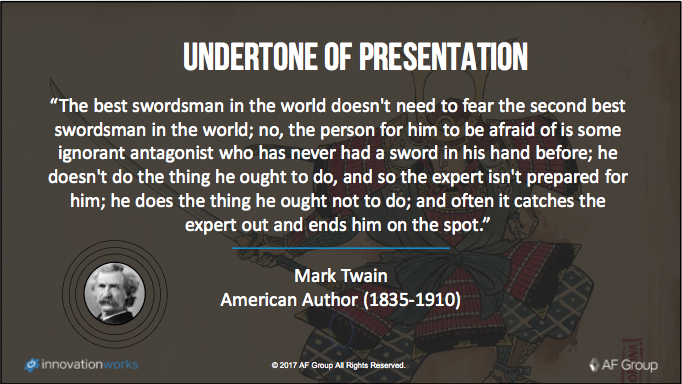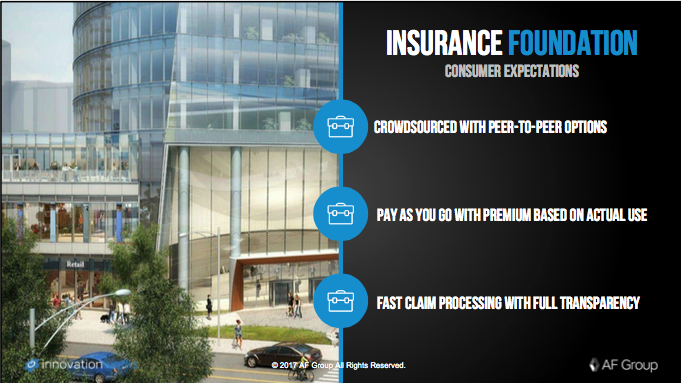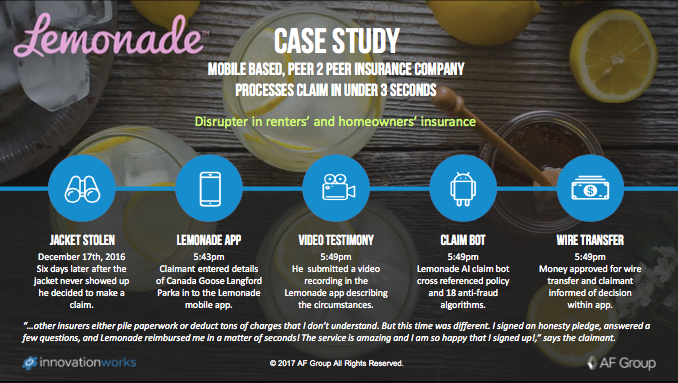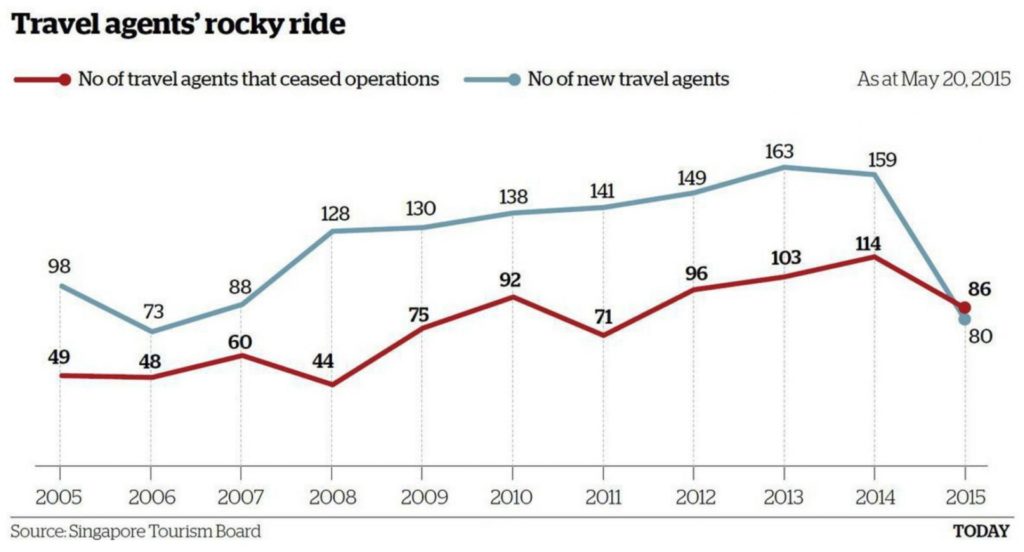A few items of interest from the workers’ comp world…
The sale of Mitchell proceeds, with multiple sources indicating four finalists have been selected. Word is one is a strategic, or industry buyer, while the rest are investment firms. Given current Mitchell owner KKR’s avowed intention to double their money (they paid $1.1 billion several years ago), it’s a safe bet the finalists are those with the deepest pockets.
Mitchell’s move to build their workers’ comp and auto pharmacy benefit management business is continuing; the latest deal is an acquisition of Mobile, AL-based PMOA. With this latest transaction, Mitchell has vaulted into the second tier of work comp PBMs, with revenues likely in the $175 – $200 million range.
The expansion into the PBM world makes sense, as it significantly increases top line (revenue). I’d note that the PBM business is looking less attractive these days as margins have been hammered by states drastically cutting fee schedules.
Optum will announce today – or shortly after – that long-time workers’ comp exec David Young will assume leadership of the company’s workers’ comp subsidiary. Formerly CEO of Coventry Work Comp, David brings decades of experience to one of the largest service providers in the industry.
Congratulations to Gallagher Bassett and Pam Ferrandino; GB has hired the vastly-experienced Ferrandino to help run the TPA’s business development team. Formerly leader of Willis Towers Watson’s casualty brokerage business, Pam will bring a wealth of knowledge and keen understanding of the buyer to GB. (Pam is a friend and colleague)
Finally, the transactions signal a bit of a resurgence in the work comp transactions. The work comp services world appears to be a focus of attention among private equity firms these days – there are at least two other deals that are in process, both have generated a lot of interest in the investment community.
There are several factors driving this.
- the mess in DC makes any business case or investment opportunity relying on or heavily driven by CMS or HHS dangerous at best. With the on-again-off-again ACA repeal effort, it’s impossible to predict what’s going to happen. Investors are well-advised to stay on the sidelines until things get clearer.
- Interest rates are headed up, making now the time to do transactions before debt financing gets more expensive.
- Private equity firms have a gabillon dollars in funds looking for investments. They’ve got to find places to park that cash or risk alienating the entities and individuals who’ve bet on their ability to drive huge returns.
- Sellers are getting multiples in the double-digits for work comp assets. (Prices for their companies are more than ten times the company’s cash flow) Smart owners know that will NOT continue; workers’ comp is a declining industry overall. The owners who are realists know this may be the last best time to sell.
What does this mean for you?
Pigs get fat, hogs get slaughtered, and investors, be careful.







